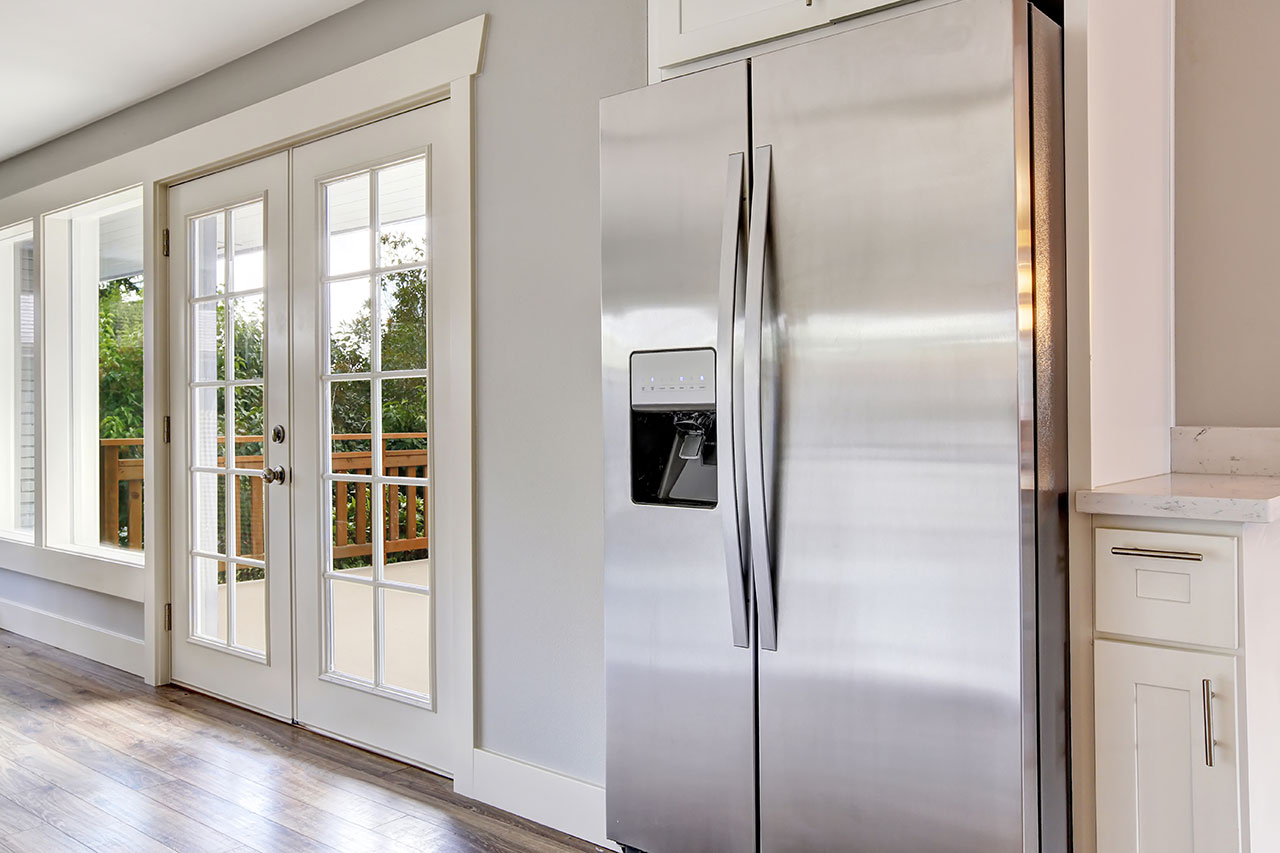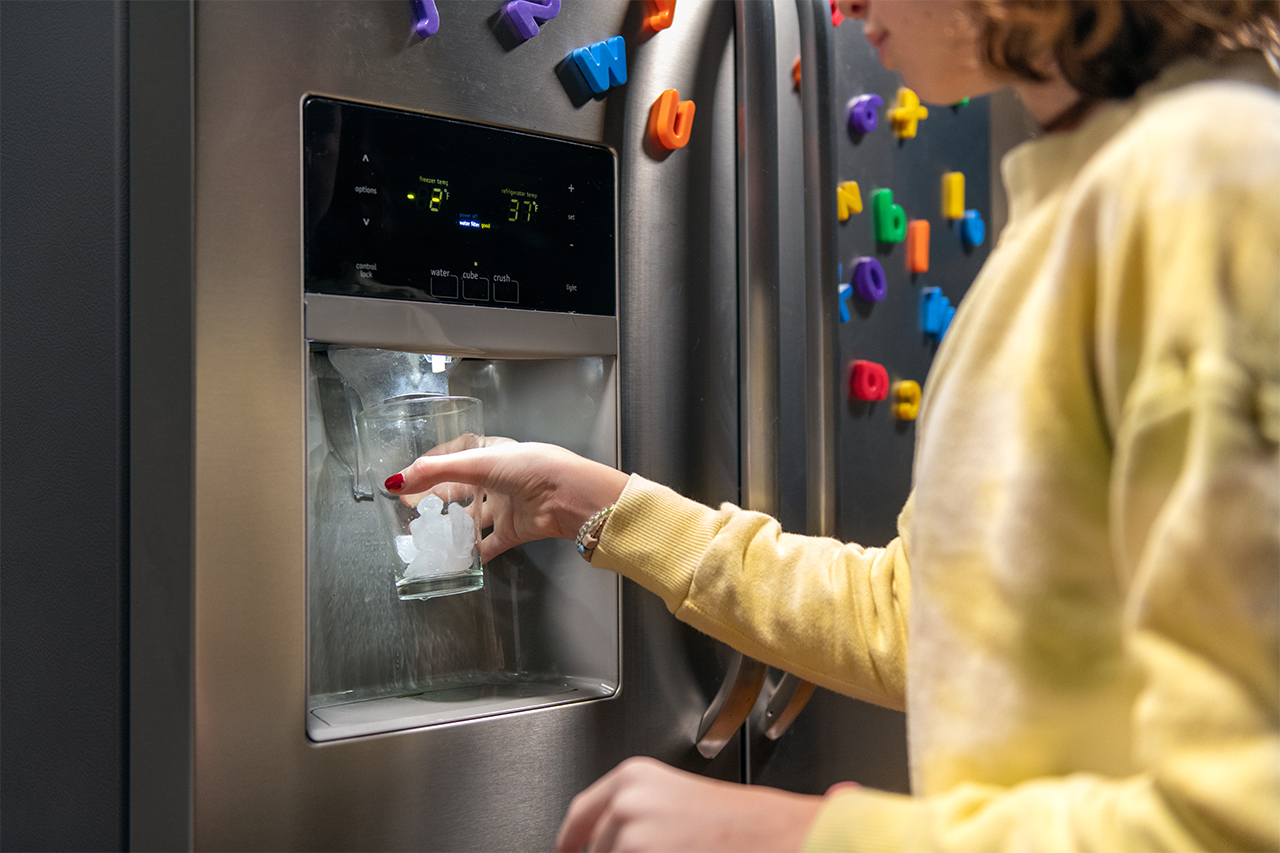
Get matched with top appliance (microwave oven) installers and replacers in your area
Enter your zip and get matched with up to 3 pros
Matching on HomeAdvisor


Appliance (microwave oven) installers and replacers in Amarillo
Appliance (microwave oven) installations and replacements FAQs
A standard microwave installation typically takes one to three hours. If additional tasks like installing new electrical outlets or modifying cabinetry are needed, it may take longer, possibly an extra two to three hours or several days for extensive cabinet changes. A professional ensures secure electrical integration and proper appliance performance.
Yes, over-the-range microwaves require venting as they replace a range hood. You have two over-the-range options: a recirculating vent that filters and recirculates air back into the kitchen, or an externally vented microwave that directs air outside through an exhaust duct. When in doubt, talk to your microwave installation pro about the type of venting your system requires.
No, only microwaves specifically designed as over-the-range units should be installed above a stovetop. These models include integrated venting and lighting features necessary for safety and proper ventilation. Using a countertop microwave over a range poses significant hazards due to inadequate ventilation. Your microwave installer can help you choose the right model for your kitchen setup.
It's not recommended to install a countertop microwave into your cabinets. Built-in microwaves are designed with proper venting for adequate airflow. Using a countertop microwave as a built-in unit can block vents, leading to moisture damage and potential fire hazards. Ask your microwave installer about the type of microwave that will work best for the location you have in mind.





- Appliance (Major Electric Appliance) - Install or Replace
- Clothes Dryer Repair
- Refrigerator Install or Repair
- Repair or Service a Clothes Washer or Dryer
- Microwave Repair
- Refrigerator or Freezer Repair
- Washing Machine Install or Repair
- Appliance Install
- Garbage Disposal Install or Replace
- Oven or Stove Repair
- Repair or Service an Oven or Stovetop
- Appliance (Major Gas Appliance) - Install or Replace
- Dishwasher Install or Repair
- Repair or Service a BBQ Grill
- Repair or Service a Small Size Appliance
- Range Hood Install
- Repair or Service a Dishwasher
- Appliance Maintenance
- Repair or Service a Fridge, Freezer or Ice Maker
- Appliance (Smaller Size) - Install or Replace
- Birmingham
- Phoenix
- Tucson
- Fresno
- Long Beach
- Los Angeles
- Modesto
- Sacramento
- San Diego
- San Francisco
- San Jose
- Denver
- Hartford
- Washington DC
- Fort Lauderdale
- Jacksonville
- Miami
- Orlando
- Tampa
- Atlanta
- Chicago
- Indianapolis
- Louisville
- New Orleans
- Baltimore
- Boston
- Detroit
- Grand Rapids
- Minneapolis
- Saint Paul
- Kansas City
- Saint Louis
- Las Vegas
- Albany
- New York
- Asheville
- Charlotte
- Greensboro
- Raleigh
- Winston Salem
- Cincinnati
- Cleveland
- Columbus
- Oklahoma City
- Portland
- Harrisburg
- Philadelphia
- Pittsburgh
- Providence
- Memphis
- Nashville
- Austin
- Dallas
- El Paso
- Fort Worth
- Houston
- San Antonio
- Salt Lake City
- Norfolk
- Richmond
- Virginia Beach
- Seattle
- Madison
- Milwaukee



